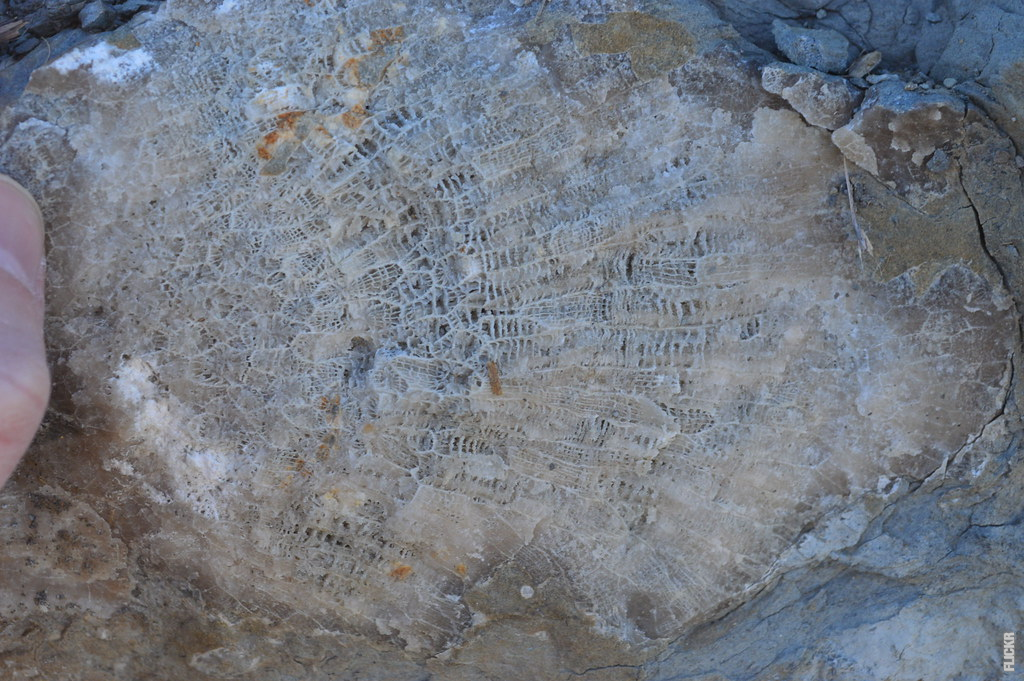The Magnificent Underwater Architects: Coral Reefs
Coral reefs, the vibrant and diverse ecosystems found in our oceans, are truly a wonder to behold. These intricate structures are the result of remarkable collaboration between tiny coral polyps and the forces of nature. Let’s dive deeper into the fascinating process of coral reef formation.
Building Blocks of Life: Coral Polyps
Coral reefs are primarily formed by the accumulation and growth of coral polyps, small organisms that belong to the phylum Cnidaria. These minuscule creatures have a remarkable ability to construct their own limestone skeletons, which provide the foundation of coral reefs.
Constructing a Solid Foundation
Coral polyps extract calcium carbonate from the surrounding water and use it to build their protective exoskeletons. Over time, as individual polyps multiply and continue to secrete calcium carbonate, the reef structure slowly expands. The process is incredibly slow, with some coral reefs taking thousands of years to form.
The Role of Symbiotic Relationships
Coral polyps engage in a mutually beneficial relationship with tiny photosynthetic algae called zooxanthellae. These algae live within the tissues of the coral polyps and provide them with essential nutrients through photosynthesis. In return, the coral polyps offer the algae a protected environment and necessary compounds for photosynthesis.
Environmental Factors at Play
While coral polyps are the architects of reefs, environmental factors play a crucial role in their formation. Warm water temperatures are essential for the survival and growth of coral polyps, as they thrive in tropical and subtropical regions. Additionally, clear and shallow waters allow sunlight to penetrate, providing the necessary energy for zooxanthellae to carry out photosynthesis.
Post
Post
The Importance of Biodiversity
Coral reefs are renowned for their incredible biodiversity, housing a vast array of marine species. This biodiversity is crucial to the resilience and health of coral reefs. Each species plays a unique role in maintaining the delicate balance of the ecosystem, from herbivorous fish that graze on algae to predators that keep populations in check.
Threats to Coral Reefs
Despite their beauty and significance, coral reefs face numerous threats. Climate change, pollution, overfishing, and destructive fishing practices all contribute to the degradation of coral reefs worldwide. It is crucial that we take immediate action to protect and preserve these invaluable ecosystems.
The Future of Coral Reefs
Efforts are underway to conserve and restore coral reefs around the globe. Scientists are researching innovative techniques, such as coral gardening and artificial reef structures, to aid in the recovery of damaged reefs. Additionally, raising awareness and promoting sustainable practices are essential for ensuring the long-term survival of these remarkable underwater ecosystems.
As we continue to explore the mysteries of the ocean, let us remember the extraordinary process through which coral reefs are formed. These underwater marvels remind us of the intricate beauty and interconnectedness of the natural world, inspiring us to become better stewards of our planet.



